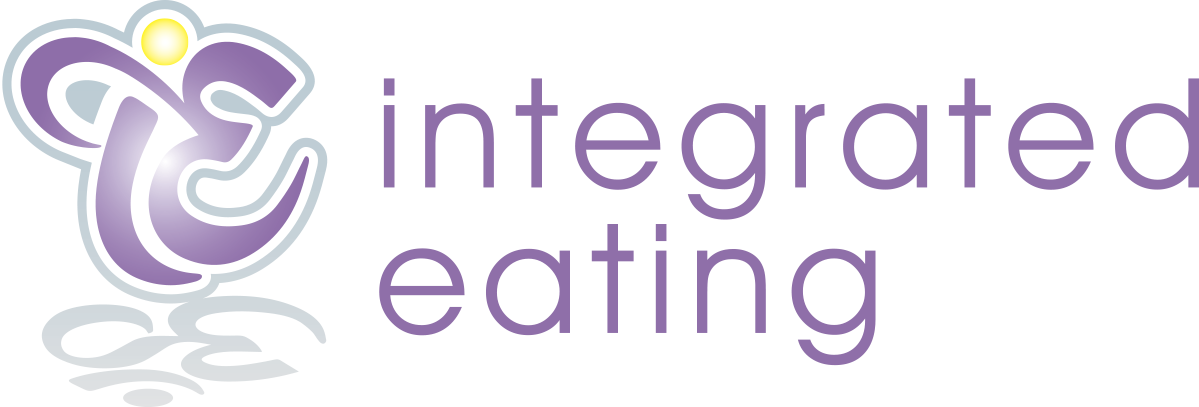“Good” food, “bad” foods. Unfortunately, our society often feels that foods fit into one category or the other. Or perhaps someplace in between. Pump the brakes. Here comes the newest trendy diet barreling down the street!
Actually, the “traffic light” food system may be familiar to some of you. Originally coined in the 1970s, the traffic light diet was used in pediatric weight loss research. It was based on calories at the time; green foods were low in calories, red foods high in calories and yellow foods moderate (Dennett, 2020). This system has been incorporated into weight loss programs, and even smart phone apps to counsel patients and families.
This way of counseling gained popularity due to its simplicity and seemingly easy to follow. However, perhaps too simplistic. Concerns remain in the message that all food is high in calories (red), and are deemed unhealthful. Take avocado for example - according to this diet, this food which is loaded with nutrition and mono-unsaturated fats would be categorized as red. It certainly seems to give folks the wrong idea about foods-especially those dealing with disordered eating symptoms.
Countries like the UK and Australia have used this system in the public health sector to help guide people to eat less added sugar and saturated fat. But food culture is already vulnerable to diets. This dichotomous type of labeling promotes food judgments instead of learning what foods bring people holistic health. This leads to disordered feelings and thoughts surrounding food.
Australia responded to the simplistic lights system by putting nuts and fish in the green category and fruit juice and full fat dairy foods in the yellow category. Some experts, including us RDs at Integrated Eating, see the downside to using these labels altogether. Even if you tell a client that a red light food is okay - they will continue to see it as ‘bad’ and may have guilt about eating this food.
A 2016 review looked at whether the light system can promote behavior change (Fernandes et al, 2016). The results are mixed. The overarching theme was that the system helped those, especially those with low health knowledge, identify more balanced items. BUT, they didn’t necessarily choose them. One study did note that the labeling might contribute to eating disorders in those at risk. That’s where we come in.
Takeaways:
There are no ‘absolutes’ in foods. Foods are not inherently bad or good. All foods have nutrition. The goal is to line up your needs with a balanced diet.
Work with a dietitian to figure out how to incorporate foods (red, yellow, green or any other color for that matter) in a way that makes you feel safe and secure, while keeping your body nourished.
Considering whether a meal is balanced can lead to better food wisdom than measuring one food’s health. Beef tacos? That’s balanced! A salad with chicken...Not balanced. It’s not about health or unhealthy. Remember meals should contain all macronutrients to provide vital energy for the day.
Yield Caution when browsing the web and steer clear of reading about diet trends. Anti-diet all the way! Everyone’s body and nutritional needs are different, your food should be as unique and varied as you are.
https://academic.oup.com/nutritionreviews/article/74/8/534/1751896

